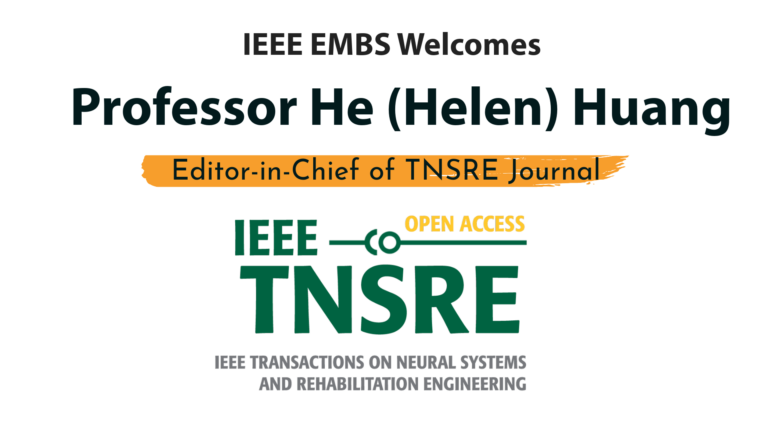EMBS is the world’s largest international society of biomedical engineers.
IEEE Pulse
IEEE Pulse reports on emerging technologies, innovative research, and issues of health, wellness, ethics, and education focusing on the biomedical engineering and clinical fields.
IEEE EMBS Students
Students represent the next generation of leaders in biomedical engineering and the future of IEEE EMBS. Learn more about the benefits of belonging to IEEE EMBS — the world’s largest international biomedical engineering society.
News & Events
Register Today OJEMB Webinar
Register Today OJEMB Webinar https://www.embs.org/wp-content/uploads/2024/03/OJEMB-Webinar.png 1920 1080 IEEE EMBS //www.embs.org/wp-content/uploads/2023/02/ieee-embs-tag-tm-logo2x.pngLatest paper published in IEEE OJEMB, titled “Grand Challenges at the Interface of Engineering and Medicine.”
Latest paper published in IEEE OJEMB, titled “Grand Challenges at the Interface of Engineering and Medicine.” https://www.embs.org/wp-content/uploads/2024/02/OJEMB-for-website-1.png 1920 1080 IEEE EMBS //www.embs.org/wp-content/uploads/2023/02/ieee-embs-tag-tm-logo2x.png46th Annual International Conference of the IEEE Engineering in Medicine and Biology Society
46th Annual International Conference of the IEEE Engineering in Medicine and Biology Society https://www.embs.org/wp-content/uploads/2023/11/embc-2024-event-graphic-768x432-1.jpg 768 432 IEEE EMBS //www.embs.org/wp-content/uploads/2023/02/ieee-embs-tag-tm-logo2x.pngIEEE EMBS Welcomes Professor He (Helen) Huang as Editor-in-Chief of TNSRE Journal
IEEE EMBS Welcomes Professor He (Helen) Huang as Editor-in-Chief of TNSRE Journal https://www.embs.org/wp-content/uploads/2023/10/tnsre.png 1920 1080 IEEE EMBS //www.embs.org/wp-content/uploads/2023/02/ieee-embs-tag-tm-logo2x.pngIEEE Biomedical Engineering Award Winner
IEEE Biomedical Engineering Award Winner https://www.embs.org/wp-content/uploads/2023/06/john-rogers-16_9.png 1920 1080 IEEE EMBS //www.embs.org/wp-content/uploads/2023/02/ieee-embs-tag-tm-logo2x.png
Ultrasound and Microbubbles Combine for Drug Delivery, Detecting Biomarkers
New approaches combine both technologies for easier and targeted drug delivery, while providing access to drug-resistant cancerous tumors and across the blood–brain barrier.
Read More










